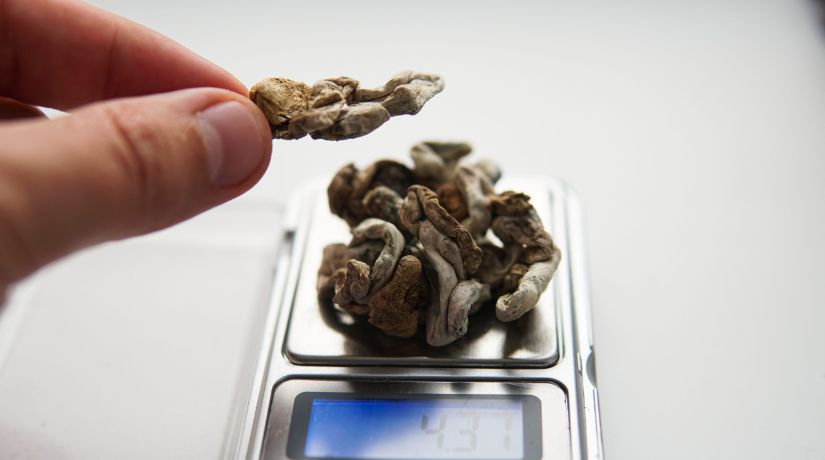Dose & Tolerance
The realm of psychedelic substances is a domain of profound experiences and altered states of consciousness. Central to navigating this domain are two critical concepts: dosage and tolerance. We'll explore these concepts in-depth, shedding light on their significance in the context of psychedelic usage.

Dosage: The Gateway to Altered States
The term "dosage" refers to the quantity of a psychedelic substance that an individual consumes to induce specific altered states of consciousness. It plays a pivotal role in determining the nature, intensity, and duration of a psychedelic experience. The same substance can lead to vastly different outcomes depending on the dose administered.
Microdosing: A Subtle Approach
A notable trend in contemporary psychedelic usage is microdosing. This practice involves ingesting a minimal, sub-perceptual dose of a psychedelic substance. Microdosing aims to enhance cognitive function, creativity, or emotional well-being without the profound effects associated with standard doses. Users often report increased focus, creativity, and mood elevation.
Standard Dosage: Exploring Profound Realms
Standard dosage, also known as macrodosing, is the conventional approach to psychedelic use. It entails consuming a dose sufficient to induce significant alterations in perception, cognition, and consciousness. The effects of standard doses can range from intense sensory experiences to deep introspection, spiritual insights, and ego dissolution.
Understanding Tolerance: The Body's Adaptation
Tolerance is a phenomenon where the body and mind become less responsive to the effects of a substance with repeated use. In the realm of psychedelics, tolerance can develop rapidly, posing challenges for those seeking consistent or intensified experiences.
Rapid Tolerance and Its Implications
Certain psychedelics, such as LSD and psilocybin, exhibit rapid tolerance. This means that if an individual takes a dose and then attempts to take another shortly afterward, they are likely to experience significantly diminished effects. Rapid tolerance typically develops within hours and can persist for several days.
Strategies for Managing Tolerance
To navigate tolerance and optimize the benefits of psychedelic usage, individuals employ various strategies:
Dose Spacing: Allowing sufficient time between psychedelic experiences is crucial for reducing tolerance. The specific duration may vary depending on the substance but often ranges from several days to weeks.
Dose Escalation: Some users may consider increasing their dose to compensate for tolerance. However, this approach should be approached with caution, as it can lead to unexpectedly intense experiences.
Rotation of Substances: Alternating between different psychedelic substances can help mitigate tolerance. Each substance interacts uniquely with the body, reducing the risk of cross-tolerance.
Mindful Integration: Reflecting on past experiences and integrating their insights into daily life can enhance the overall value of psychedelic journeys, even while considering tolerance.
A comprehensive understanding of dosage and tolerance is essential for safe and meaningful exploration of psychedelics. Whether one chooses the subtle path of microdosing to enhance daily life or embarks on standard doses for profound self-discovery, awareness of these concepts is pivotal. Recognizing the development of tolerance and employing strategies to manage it can help individuals derive lasting benefits from their psychedelic experiences. In the dynamic landscape of psychedelic research and usage, these fundamental principles serve as guiding lights for those who seek to explore the depths of consciousness.